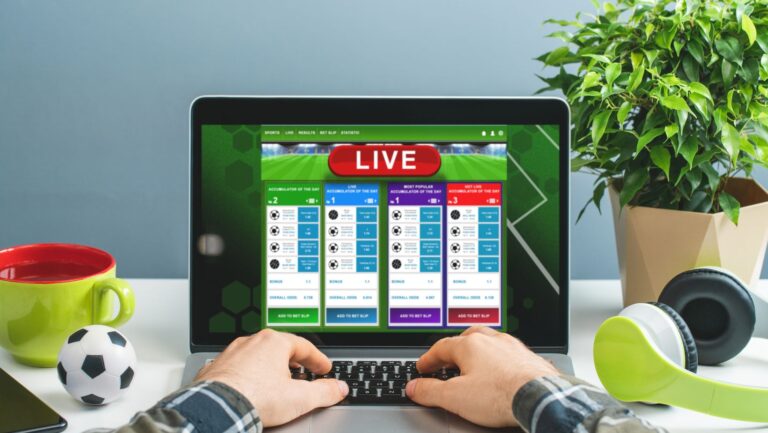Best Laptops for Visually Impaired
As a seasoned blogger with years of experience, I’ve had the opportunity to explore various topics related to technology and accessibility. Today, I’m excited to dive into the world of laptops and discuss the best options available for individuals with visual impairments. With advancements in technology, there are now laptops specifically designed to cater to the unique needs of visually impaired users. In this article, I’ll be sharing my top picks and providing valuable insights on the features that make these laptops stand out.
When it comes to choosing a laptop for someone with a visual impairment, it’s crucial to prioritize accessibility features. These include high-resolution screens, adjustable font sizes, and screen magnification capabilities. In my research, I’ve come across some remarkable laptops that excel in these areas, making them ideal for visually impaired individuals. In this article, I’ll be highlighting these standout features and explaining why they are essential for an optimal user experience.
Factors to Consider for Visually Impaired Individuals
When looking for the best laptop for visually impaired individuals, there are several important factors to consider. These factors can make a significant difference in improving accessibility and ease of use for those with visual impairments. Here are some key considerations to keep in mind:
1. High-Resolution Display
A laptop with a high-resolution display is essential for individuals with visual impairments. A higher pixel density ensures sharper and clearer text, making it easier to read for those with low vision. Look for laptops with a minimum resolution of 1920×1080 (Full HD) or higher for optimal visual clarity.
2. Adjustable Font Sizes and Zoom Options
The ability to adjust font sizes is crucial for visually impaired individuals. Look for laptops that offer built-in accessibility settings, allowing you to increase the font size to a comfortable level. Additionally, laptops with zoom options or screen magnifiers can be beneficial for individuals with severe vision impairments.
3. Assistive Technology Compatibility
Consider a laptop that is compatible with assistive technologies such as screen readers or magnification software. These tools can enhance the user experience by providing audio feedback, allowing individuals with visual impairments to navigate the laptop more effectively.
4. Keyboard Features
For individuals with low vision or dexterity issues, a laptop with a backlit keyboard can greatly improve usability. This feature provides better visibility in low-light environments and allows for easier typing. Additionally, laptops with larger key sizes or high contrast key labels can be beneficial for those with visual impairments.

Accessibility Features
When it comes to choosing a laptop for visually impaired individuals, accessibility features are of utmost importance. These features can greatly enhance the usability and accessibility of the laptop, making it easier for visually impaired users to navigate and interact with the device.
One key accessibility feature to consider is the high-resolution display. A laptop with a high-resolution display will provide sharp and clear visuals, allowing visually impaired users to see text, images, and graphics more easily. Additionally, it’s important to choose a laptop that allows for adjustable font sizes. Being able to enlarge the text on the screen can make it much easier for visually impaired individuals to read and navigate through documents and web pages.
Another crucial consideration is the compatibility with assistive technologies. Many visually impaired individuals rely on assistive technologies such as screen readers, magnifiers, and braille displays to access digital content. Therefore, it’s essential to choose a laptop that is compatible with these assistive technologies, ensuring a seamless experience for the user.
Apart from compatibility, the screen size is also a significant factor to take into account. Opting for a laptop with a larger screen can provide more real estate to display information, making it easier for visually impaired users to view content without straining their eyes.
In addition, screen resolution plays a vital role in determining the clarity and sharpness of the visuals. A laptop with a higher screen resolution will offer more detail and crisper images, enhancing the visual experience for visually impaired individuals.
Lastly, touchscreen functionality can be beneficial for visually impaired users as it provides an alternate way to interact with the laptop. By using touch gestures and tapping on the screen, visually impaired individuals can navigate through menus, open apps, and perform various tasks with ease.
By considering these accessibility features, visually impaired individuals can choose a laptop that not only meets their specific needs but also enhances their computing experience, enabling them to work, study, and communicate effectively.




